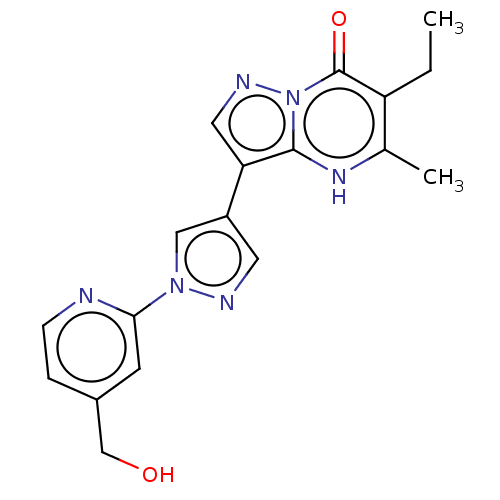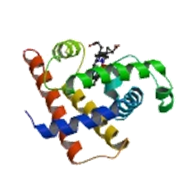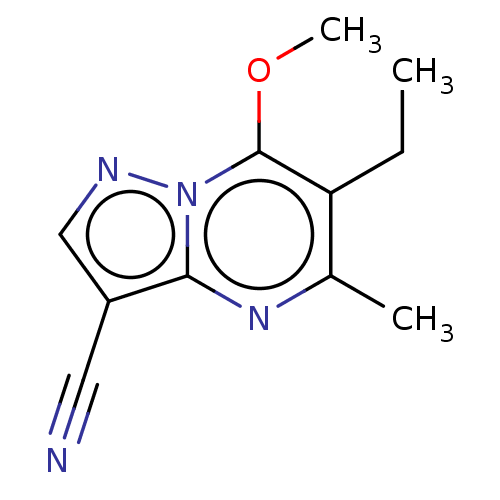Affinity DataIC50: 2.30nMAssay Description:Inhibition of recombinant full length FLAG-tagged KDM5A (unknown origin) expressed in sf9 cells using biotin-H3K4me3 (1 to 21 residues as substrate p...More data for this Ligand-Target Pair
Affinity DataIC50: 14nMAssay Description:Inhibition of recombinant full length FLAG-tagged KDM5A (unknown origin) expressed in sf9 cells using biotin-H3K4me3 (1 to 21 residues as substrate p...More data for this Ligand-Target Pair
Affinity DataIC50: 15nMAssay Description:Inhibition of recombinant full length FLAG-tagged KDM5A (unknown origin) expressed in sf9 cells using biotin-H3K4me3 (1 to 21 residues as substrate p...More data for this Ligand-Target Pair
Affinity DataIC50: 1.00E+3nMAssay Description:Inhibition of recombinant full length FLAG-tagged KDM5A (unknown origin) expressed in sf9 cells using biotin-H3K4me3 (1 to 21 residues as substrate p...More data for this Ligand-Target Pair
Affinity DataIC50: <1.00E+3nMAssay Description:Inhibition of recombinant full length FLAG-tagged KDM5A (unknown origin) expressed in sf9 cells using biotin-H3K4me3 (1 to 21 residues as substrate p...More data for this Ligand-Target Pair



 3D Structure (crystal)
3D Structure (crystal)

